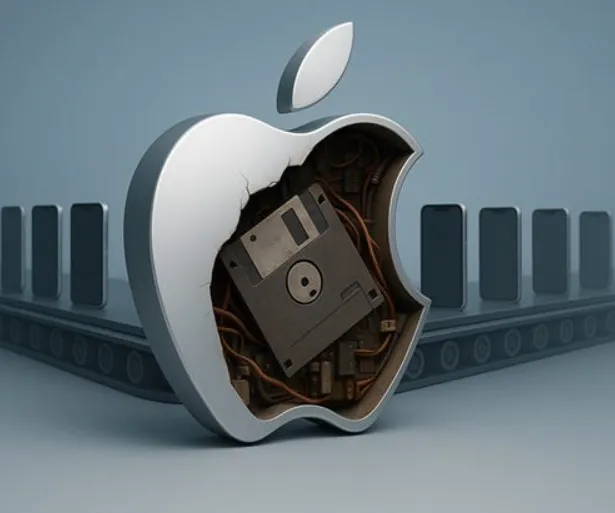Apple’s growing dominance in chip design is transforming how its devices handle performance, efficiency, and artificial intelligence. By crafting its own silicon, Apple has gained full control over the intricate balance between hardware and software, a strategy that’s clearly visible in the iPhone 17 series. This latest lineup introduces the new N1 wireless chip and the upgraded C1X modem, both of which mark significant steps toward independence from third-party suppliers.
According to Apple executives, this move allows the company to innovate without being constrained by industry-standard components. Tim Millet, Apple’s Vice President of Platform Architecture, noted that in-house design gives Apple the freedom to push hardware capabilities further than ever before. Meanwhile, Arun Mathias, VP of Wireless Software Technologies, emphasized that the new modem processes location data with greater precision while consuming less power. Internal testing reportedly showed that the C1X operates at double the speed of its predecessor while cutting energy use by nearly a third.
At the heart of Apple’s AI evolution lies the A19 Pro chip, designed to handle demanding machine learning workloads directly on the device. By integrating neural accelerators into its GPU architecture, Apple has significantly boosted real-time AI processing, delivering performance levels once reserved for high-end computers. Millet described the update as a defining moment for Apple’s machine learning capabilities, highlighting how the Neural Engine now executes advanced mathematical tasks locally rather than relying on external data centers. This approach enhances speed, efficiency, and privacy—key areas where Apple aims to distinguish itself from competitors.
Beyond smartphones, Apple’s chip development points to a much broader vision. The company is laying the groundwork for future systems capable of blending graphical and neural computing seamlessly. Such advancements could redefine the boundaries between mobile and desktop performance, making devices more adaptive and intelligent across the board.
While Apple may not dominate today’s AI headlines like Google or OpenAI, its long-term strategy is clear: build the technological foundation first, and let innovation grow from within. By anchoring its AI ambitions in custom silicon, Apple is preparing its ecosystem for a future where intelligent processing happens privately, efficiently, and everywhere its devices go.
